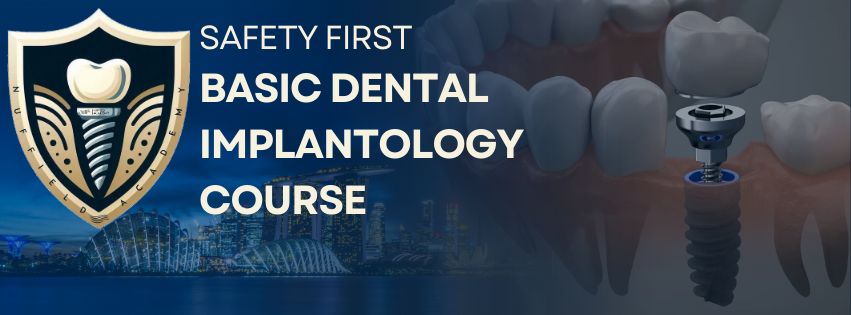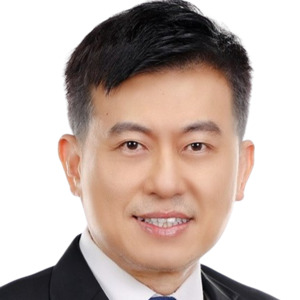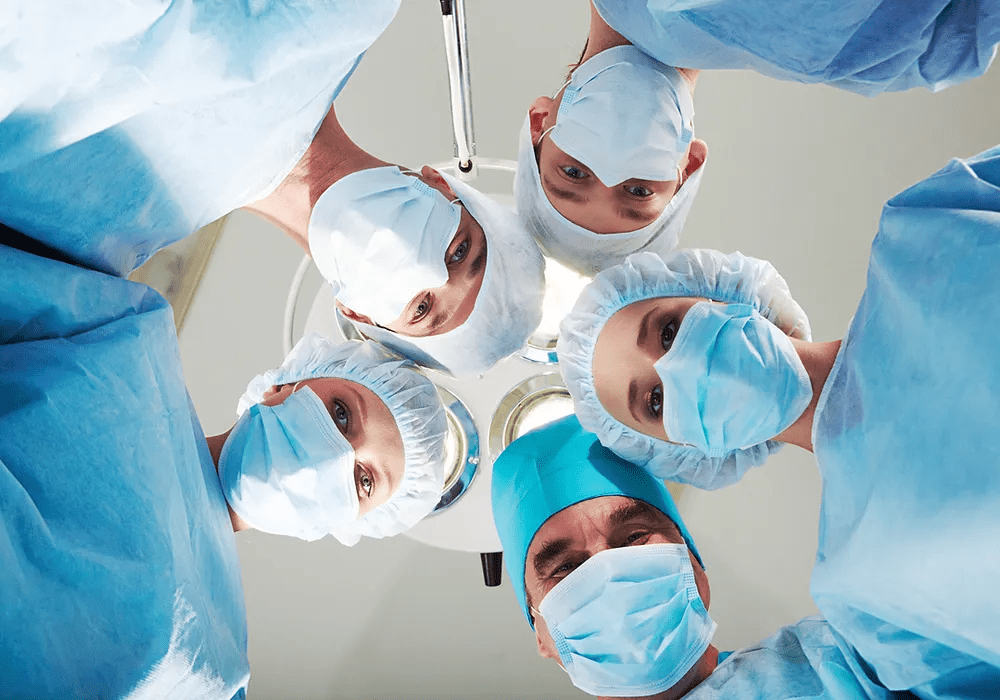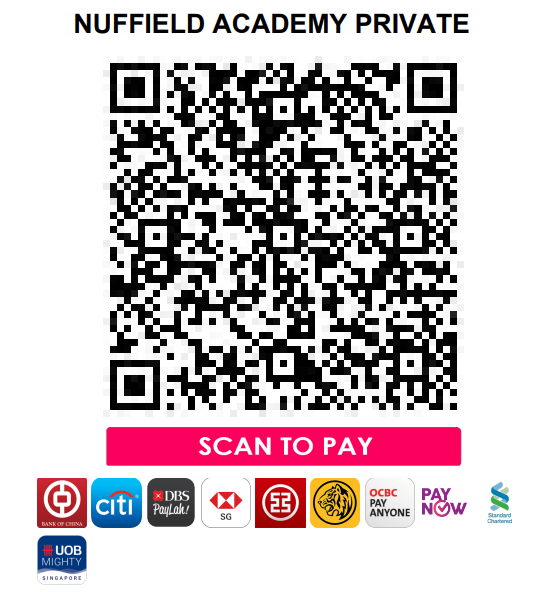Overview :-
This introductory course emphasises safe and effective dental implant placement. By focusing on best practices and patient safety, participants will be equipped to deliver more predictable and successful results from the very start of their implant journey.
Date :-
12th & 13th April, 2025
Speakers :-
Dr. Tan Shuh Chern
BDS, MClinDent
Dr. Tan graduated from the National University of Singapore in 1995 with a Bachelors Degree in Dental Surgery. He earned his Master of Clinical Dentistry (Prosthodontics) from King’s College London in 2003. In the last 25 years, Dr. Tan has developed a special interest and dedicated much of his clinical practice to Cosmetic and Implant Dentistry. He enjoys sharing his clinical experience via conducting lectures, locally and internationally. He has a private practice in Singapore and serves as a Lecturer and Examiner at the NITEC Traineeship in Dental Assisting.
Dr. Aaron Hoo
BDS
Dr. Hoo, leads Newlife Dental Practice with a focus on exceptional patient care. With accolades from international conferences and inductions into esteemed dental societies, he excels in advanced dentistry. Dr. Hoo is dedicated to public education, sharing his expertise through lectures and mentorship programs. His passion for optimal dental practice is evident in his commitment to delivering remarkable patient experiences and outcomes.
Jayesh Shinde
Course Convenor
Jayesh is a seasoned educator with extensive expertise in diverse areas, particularly in dental and medical education, life support, adult education and clinical dentistry (abroad). Actively engaged in dental education for several years, Jayesh oversees tasks such as curriculum design, scheduling, instructor coordination, assessment, and student support. He is particularly passionate about conceptualising and managing both basic and advanced dental implant training courses internationally.
Learning Objectives :-
- Introduction & Overview
- ➢ Safety-First implant course concept & goals
- ➢ “Primum non nocere” (do no harm) in dental implant treatment
- Introduction to Dental Implants & Their Components
- ➢ Overview of implant types, designs & components in dental implant systems
- ➢ When to choose Supracrestal, Isocrestal & Subcrestal implant placement
- ➢ When to follow One-Stage vs Two-Stage protocols
- ➢ Timing of dental implant placement: Immediate, Early or Late?
- ➢ Loading of dental implant: Immediate, Early or Conventional?
- Dilemma in Dental Implant Restorations
- ➢ Criteria for success: Dental Implant vs Natural Tooth – the downsides of dental implants
- ➢ Bone vs Prosthetic-oriented implant placement
- ➢ Screw vs Cemented Implant-supported restorations
- ➢ Long term follow-up: what to check & look out for?
- Patient Assessment & Treatment Planning
- ➢ Information gathering for dental implant planning
- ➢ Clinical examination & understanding the patient
- ➢ Radiographic examination
- ➢ Study models
- ➢ Implant stents fabrication
- Execution of the Safety-First Protocol in Implant Surgery
- ➢ Operator positioning
- ➢ Types of anaesthesia
- ➢ Flap design
- ➢ Implant Stents vs Freehand implant placement
- ➢ Implant site preparation
- ➢ Suturing
- Occlusion in Dental Implantology
- ➢ Principles
- ➢ Single Tooth vs Implant Bridge
- ➢ Single Unit vs Splinted Units
- Adjunctive Procedures for Successful Implant Placement
- ➢ Concept & execution of simple guided bone regeneration
- ➢ Internal sinus lift
- ➢ Importance & useful techniques to achieve tension-free closure
- Troubleshooting & Handing Complications
- ➢ Managing bleeding during surgery
- ➢ Implant site unsuitability for dental implant placement
- ➢ Mispositioning of dental implants
- ➢ Failure to achieve primary stability
- Hands-On Workshop
- ➢ Surgical techniques for implant placement with the Bredent Implant system
- ➢ Tips for gaining good primary stability
- ➢ Prosthetic options for restoration
- ➢ Guided bone regeneration procedure
- ➢ Internal sinus lift
- ➢ Tension-free closure
DAY 1:- 12th April, 2025
| 08.30 – 09.00 |
Introduction and overview |
- – Safety-First implant course concept & goals
- – “Primum non nocere” (do no harm) in dental implant treatment
|
| 09.00 – 10.30 |
Introduction to Dental Implants & Their Components |
- – Overview of implant types, designs & components in dental implant systems
- – When to choose Supracrestal, Isocrestal & Subcrestal implant placement
- – When to follow One-Stage vs Two-Stage protocols
- – Timing of dental implant placement: Immediate, Early or Late?
- – Loading of dental implant: Immediate, Early or Conventional?
|
| 10.30 – 10.45 |
Coffee/Tea Break |
| 10.45 – 12.30 |
Dilemma in Dental Implant Restorations |
- – Criteria for success: Dental Implant vs Natural Tooth – the downsides of dental implants
- – Bone vs Prosthetic-oriented implant placement
- – Screw vs Cemented Implant-supported restorations
- – Long term follow-up: what to check & look out for?
|
| 12.30 – 13.30 |
Lunch Break |
| 13.30 – 15.00 |
Patient Assessment & Treatment Planning |
- – Information gathering for dental implant planning
- – Clinical examination & understanding the patient
- – Radiographic examination
- – Study models
- – Implant stents fabrication
|
| 15.00 – 15.30 |
Occlusion in Dental Implantology |
- – Principles
- – Single Tooth vs Implant Bridge
- – Single Unit vs Splinted Units
|
| 15.30 – 15.45 |
Coffee/Tea Break |
| 15.45 – 17.00 |
Execution of the Safety-First Protocol in Implant Surgery |
- – Operator positioning
- – Types of anaesthesia
- – Flap design
- – Implant Stents vs Freehand implant placement
- – Implant site preparation
- – Suturing
|
| 17.00 – 17.30 |
Summary of Day 1 |
|
|
DAY 2:- 13th April, 2025
| 09.00 – 10.30 |
Adjunctive Procedures for Successful Implant Placement |
- – Concept & execution of simple guided bone regeneration
- – Internal sinus lift
- – Importance & useful techniques to achieve tension-free closure
|
| 10.30 – 10.45 |
Coffee/Tea Break |
| 10.45 – 12.30 |
Troubleshooting & Handing Complications |
- – Managing bleeding during surgery
- – Implant site unsuitability for dental implant placement
- – Mispositioning of dental implants
- – Failure to achieve primary stability
|
| 12.30 – 13.30 |
Lunch Break |
| 13.30 – 15.30 |
Hands-On Workshop I |
- – Surgical techniques for implant placement with the Bredent Implant system
- – Tips for gaining good primary stability
- – Prosthetic options for restoration
|
| 15.30 – 15.45 |
Coffee/Tea Break |
| 15.45 – 17.00 |
Hands-On Workshop II |
- – Guided bone regeneration procedure
- – Internal sinus lift
- – Tension-free closure
|
| 17.00 – 17.30 |
Summary of Day 2 |
- – Discussion
- – Q&A
- – Certificate presentation
*Each participant is entitled to mentorship of 1 case from work up to clinical supervision |
Mentorship :-
Each participant is entitled to mentorship of 1 case from work up to clinical supervision.





